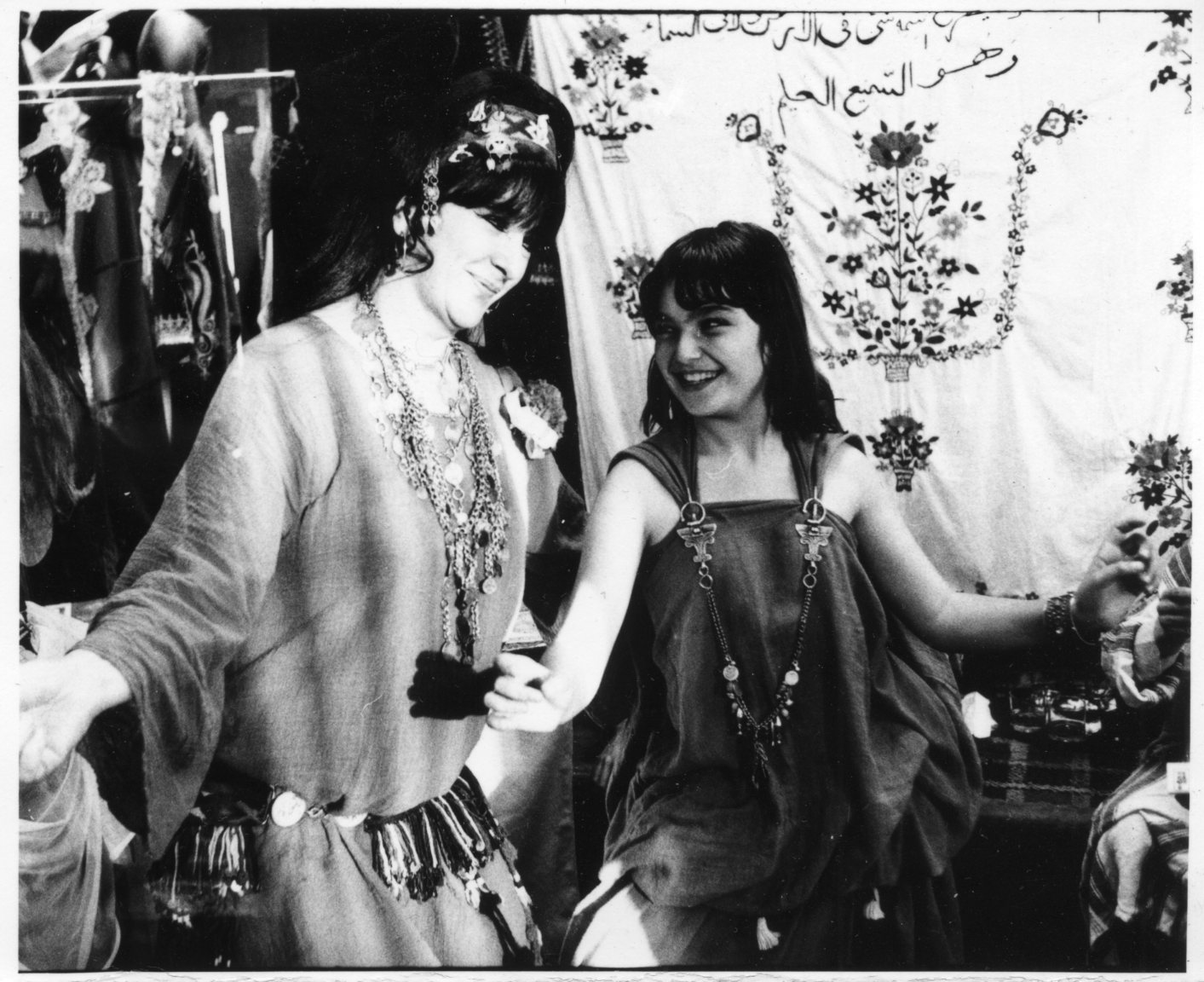The Salimpour School’s “Jamhaila” concept is important for our students to understand. Abigail Keyes wrote a short explanation that we provide below. A longer version of her explanation that includes historical background can be found on the Resources page under “Suhaila Phrase Process” under Documentation (Click Here) of the website.
What is “Jamhaila”?
“Jamhaila” is the term that we use to describe any movement that combines the theoretical, compositional, and/or technical elements of the Suhaila Salimpour Format (SSF) with the set steps and corresponding step spirits of the Jamila Salimpour Format (JSF). It is how Suhaila began to experiment with her mother’s format when she was younger, and explore the potential in the steps, while adding her own hard contraction movements and layering techniques. In JSF Level 3, students learn to manipulate the steps in the JSF, break them apart, layer JSF movements over JSF movements, and add SSF layers. In the school we affectionately refer to this process as “Jamhaila”: a blending of the Jamila and Suhaila Formats.
“Jamhaila” is not a format: it’s a mindset. It’s a means of using existing material to burst open the creative and technical possibilities inherent in belly dance as a professional performance genre. This approach gives us greater versatility in how we choose to interpret Arabic music. You’ll be amazed by how the “Jamhaila” concept will inspire and invigorate your dancing!
There are three different ways we can create “Jamhaila” phrases:
Three or more JSF steps in 8 counts. This approach might mean breaking up a JSF phrase that is already 8 counts long, like taking the first four counts of the V Step without completing the step with the Basic Egyptian on “5-8”. This method does not involve layering, but it is still considered “Jamhaila” because this is how Suhaila began breaking up and working with her mother’s format to make the movements better suit the complex music emerging out of the Middle East in the late 1970s.
Layering a JSF step over a JSF step, and choosing a primary spirit. For example, we could do a 4/4 Shimmy with the undulation from-the-waist-down down-to-up of the Turkish Backwalk, and choose to emphasize the latter.
Layering SSF technical elements over JSF steps, for example, adding doubletime pelvic locks to the Five Count.
As you work in both the SSF and the JSF, remember to keep the two formats clearly separated in your mind. The SSF refers to base technical movements divided up in the body; the JSF refers to steps and step names that encompass the whole body. We must also understand that there are movements that we do in the SSF that are not JSF, because Suhaila created them outside the context of her mother’s format. And of course, when we break down JSF steps, we use SSF language. When you are learning the two formats, be very clear with yourself which one is which. Basically, if it’s a named step like “Turkish Backwalk” or “Maya,” that’s JSF. If it’s a technical element, like “Figure 8 Up-to-Down,” or “Rib Cage Square,” that’s SSF.
If you are in the Salimpour School, it is essential that you train simultaneously in both formats. Doing so will make you a strong technical dancer with fantastic musicality and a wealth of historical and cultural context on which to draw from when composing dances, either in improvisation or choreography.
Written By: Abigail Keyes






